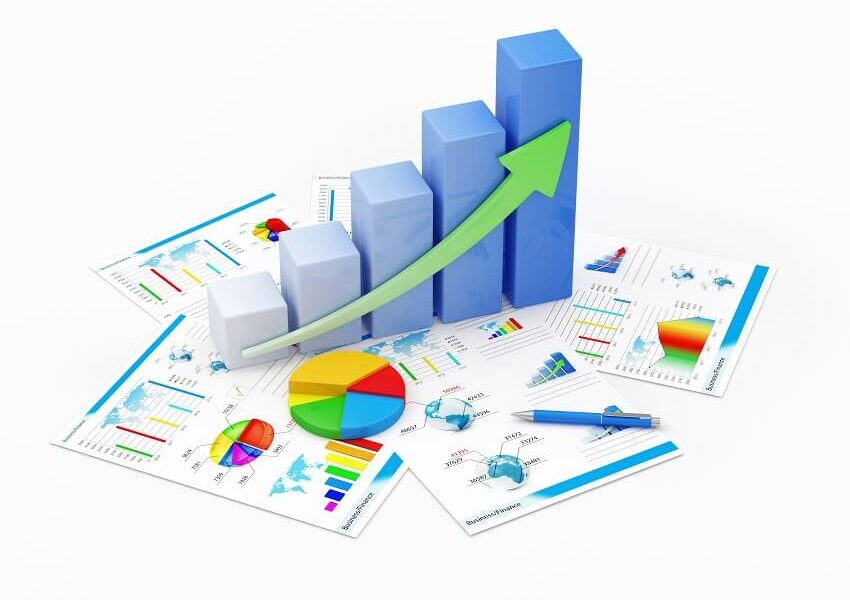Data visualization is an essential part of data analysis, allowing analysts, data scientists, and other professionals to interpret large volumes of information intuitively. Visualization tools help transform complex data into charts and visuals that can be easily understood. In this post, we will explore some of the most popular data visualization tools, such as Tableau, Power BI, and D3.js, and discuss their features and use cases.**
Tableau
Tableau is a powerful and easy-to-use data visualization tool that allows the creation of interactive charts and dashboards. It is especially popular for its ability to connect multiple data sources and for its advanced visualization options. Tableau is ideal for users who need to create reports and visualizations quickly without much programming.
Power BI
Power BI is a data analysis and visualization tool developed by Microsoft. It integrates well with other Microsoft tools like Excel and Azure, making it easy to load data and create interactive reports. Power BI is especially useful for companies that already use the Microsoft ecosystem and are looking for a comprehensive data analytics solution.
D3.js
D3.js is a JavaScript library for producing dynamic and interactive visualizations in web browsers. Unlike Tableau and Power BI, D3.js offers great flexibility and control over the visualization but requires programming knowledge. It is ideal for developers who want to create highly customized and interactive visualizations.
Feature Comparison and Use Cases
– Ease of Use: Tableau and Power BI are more accessible for non-technical users, while D3.js requires programming skills.
– Integration Capability: Power BI integrates seamlessly with other Microsoft products, while Tableau offers connectors to a wide range of data sources.
– Flexibility: D3.js offers the greatest flexibility but at the cost of a steeper learning curve.
Choosing the right data visualization tool depends on the specific needs of the project and the user’s skill level. Tableau is excellent for quickly creating dashboards and reports, Power BI is ideal for integrations with the Microsoft ecosystem, and D3.js is perfect for customized visualizations. Whatever the tool chosen, it is important to focus on presenting data clearly and effectively to facilitate decision-making.






